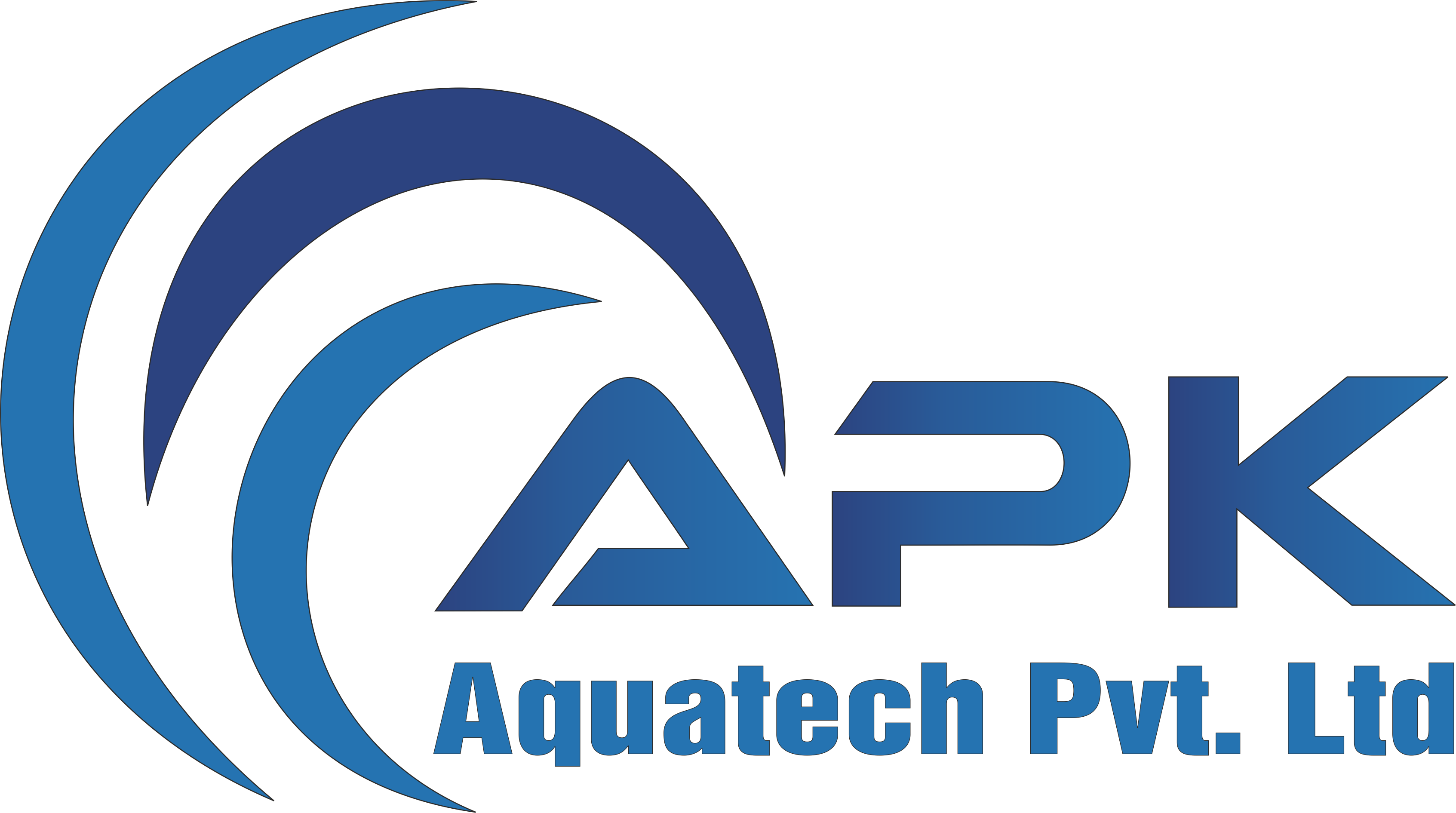Advantages of Multi Effect Evaporator
- A multiple effect evaporator is an apparatus that efficiently uses the heat from steam to evaporate water;
- In a multiple effect evaporator, water is boiled in a sequence of vessels, each of which is at a lower pressure than the last;
- As the boiling point of the water decreases with pressure, the vapour produced in one vessel can be used to heat the next vessel;
- Only the first vessel requires a source of external heat;
- Evaporators with more than four to five effects are rarely practical, the most common applications require double effect and triple evaporators.
Types of Feed Multi Effect Evaporator
I) Forward Feed.
II) Backward Feed
III) Parallel Feed
II) Backward Feed
III) Parallel Feed
Forward Feed Multiple Effect Evaporator
In a forward feed Multiple Effect Evaporator, both feed and steam are introduced in the first effect and the feed is passed from effect to effect parallel to the vapor from the earlier effect. The liquid feed is pumped into the first effect and the partially concentrated solution is sent to the second effect. The heating steam is also sent through the first stage to the second one. This process continues through all the evaporation effects.
The forward feed requires a pump for feeding dilute solution to the first effect. The first effect is generally at atmospheric pressure and the subsequent effects are in decreasing pressure. Thus, the liquid may move without the pump from one effect to another effect in following the direction of decreasing pressure. Finally, to take out the concentrated liquid from the last effect, the system may need an effluent pump
Backward Feed Multiple Effect Evaporator
In backward feed Multiple Effect Evaporator, the dilute liquid is fed to the last effect and then pumped back through the successive effects to the first effect. The method requires additional pumps, generally one pump in between two effects.
Backward feed is advantageous and gives higher capacity than the forward feed when the concentrated liquid is viscous, because the viscous fluid is at higher temperature being in the first effect. However, this arrangement comes with higher material costs compared to forward feed design.
Parallel Feed Multiple Effect Evaporator
Parallel feed in multiple-effect evaporators involves the adding of fresh feed and the withdrawal of concentrated product from each effect. The vapor from each effect is still used to heat the next effect. This method of operation is mainly used when the feed is almost saturated and solid crystals are the product, as in the evaporation of brine to make salt.






